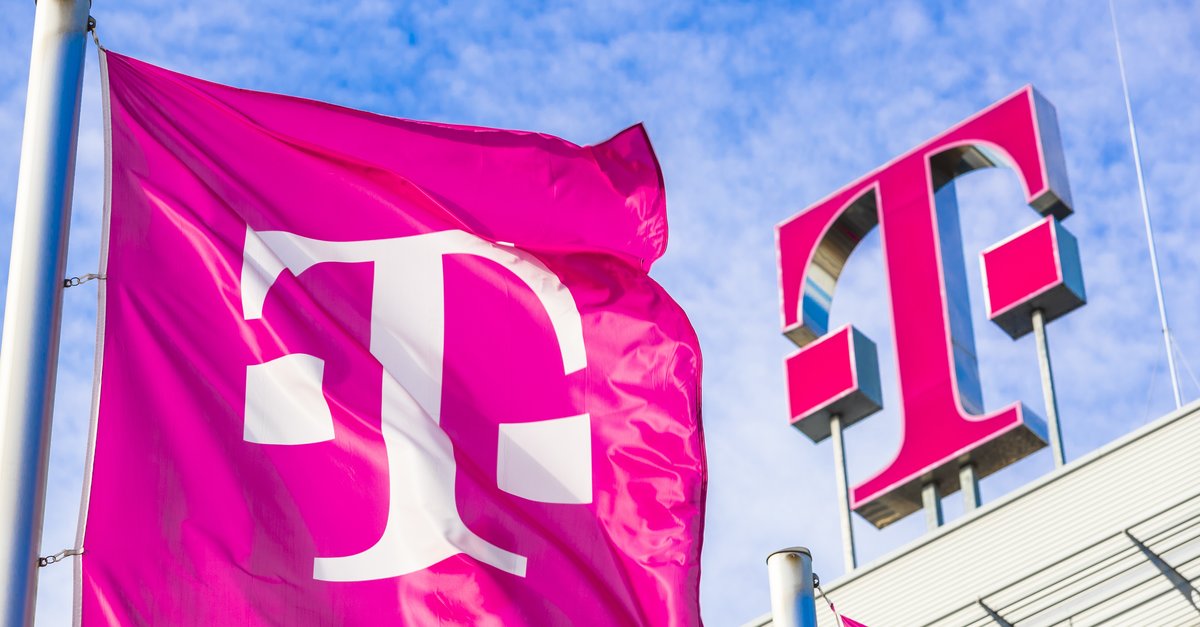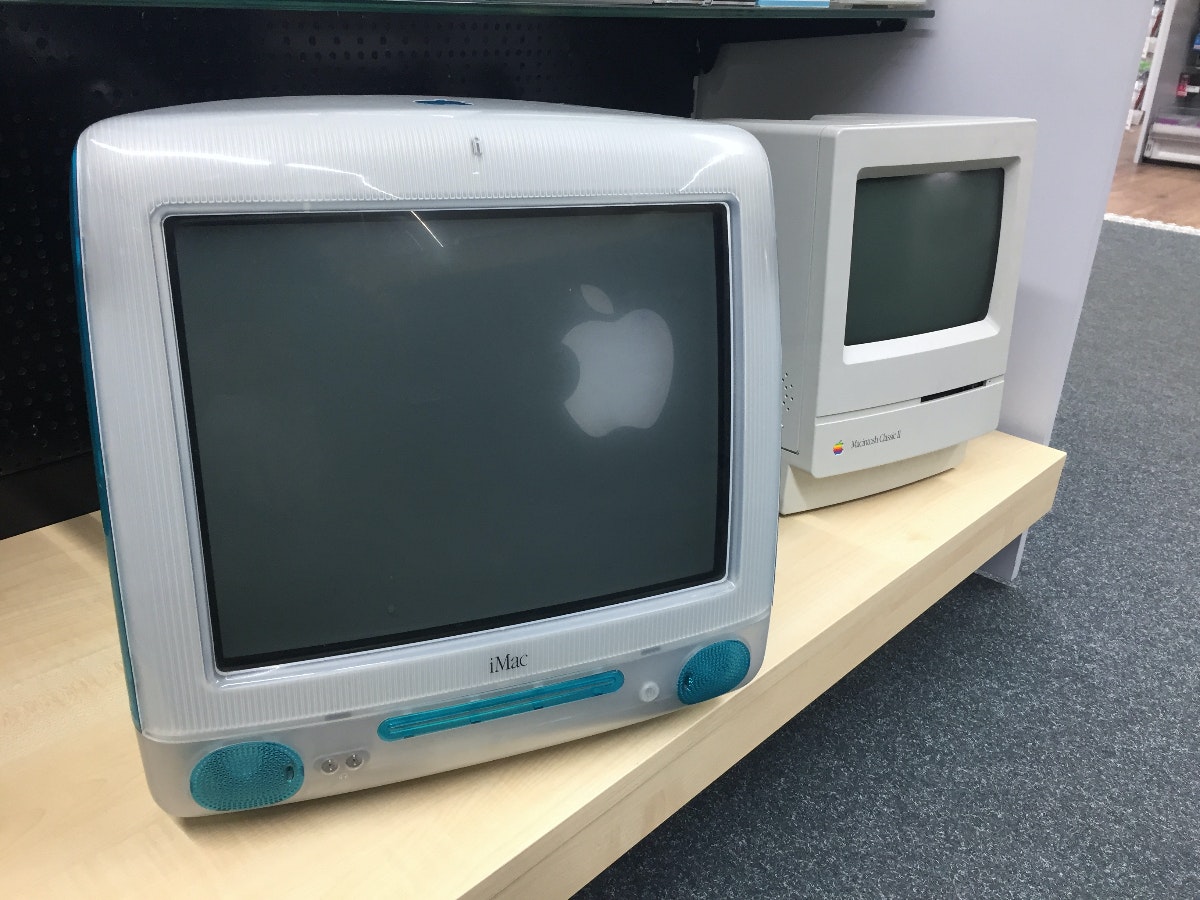Legendary astronaut bus is to have an emission-free successor
This is what the Astrovan looks like. (Screenshot: t3n / Youtube / Nasa)
NASA is looking for a new bus to transport the astronauts from their accommodation to the launch pad. So far this has been done by the shiny silver Astrovan, which is now technically obsolete.
The US space agency Nasa is asking for proposals from the private sector by the end of October. They should lead to a successor to the previous Astrovan. The iconic, shiny metallic bus that has been in use so far dates from 1983 and has only one task. It is to drive space travelers over the 14.5 kilometer route from their quarters on the grounds of the spaceport Kennedy Space Center in the US state of Florida to the launch pad and back.
The Astrovan is now very old and is now to be replaced with a modern vehicle in the course of the upcoming Artemis mission. Nasa can imagine a completely new vehicle as well as the conversion of the existing Astrovan to modern, above all emission-free technology.
It is particularly important to NASA that the new proposals do justice to the importance of the vehicle. Like the space agency in your tender emphasized that the sight of the “shiny silver” Astrovan with its “eye-catching NASA logo”, which brought “intrepid researchers” to the launch pad, always triggered “pride and enthusiasm”. The authority expects the same from a successor. He must build on this legacy and “modernize it for a new generation at the same time”.
The proposals should be unique, incorporate new technologies and visually embody Artemis for the public, according to NASA. The vehicle must have space for eight people, including four fully equipped crew members. The agency describes further details in a dedicated catalog of requirements.
Switching to a new Astrovan is part of the Artemis mission. With Artemis, NASA will bring “the first woman and the first colored person” to the surface of the moon and establish long-term exploration of the moon in preparation for manned missions to Mars. For this purpose, NASA developed the Orion spaceship and the SLS rocket. The landing concept is to be supplemented by a gateway in the lunar orbit.


